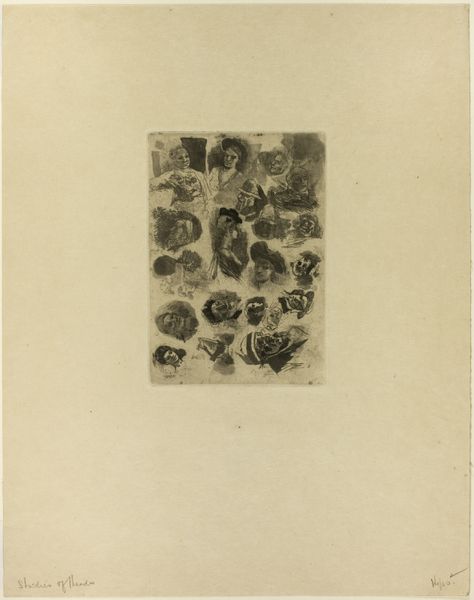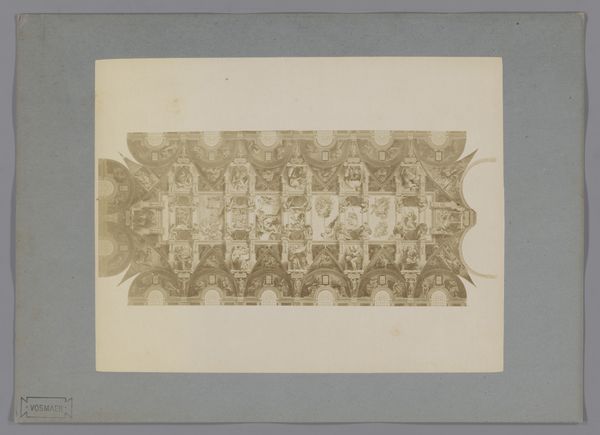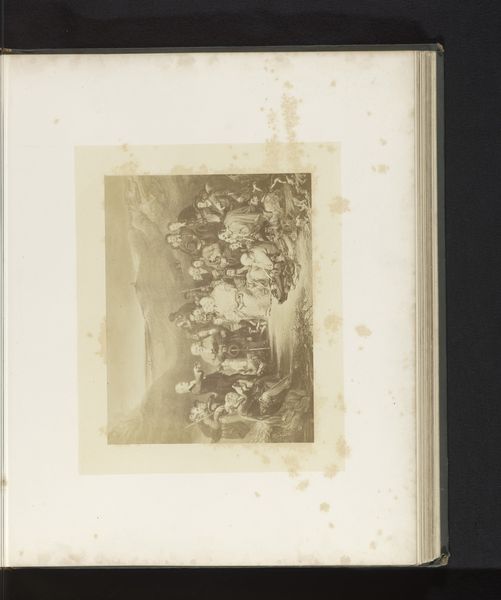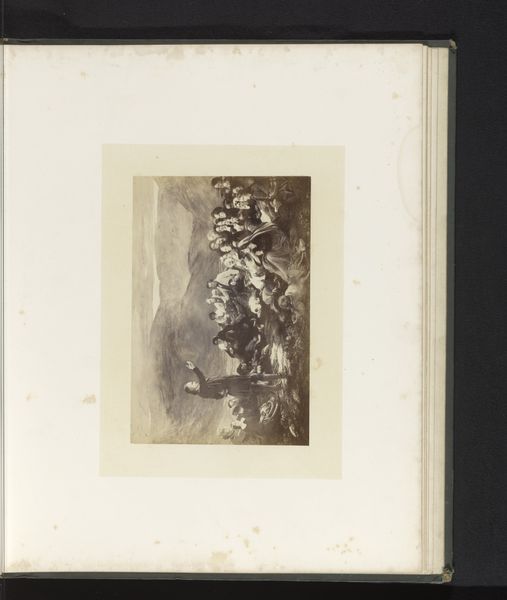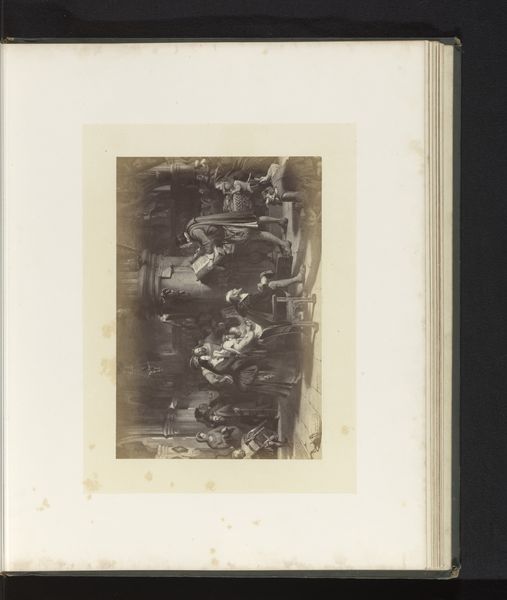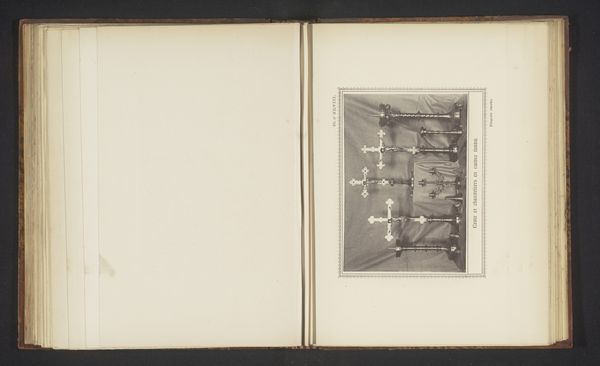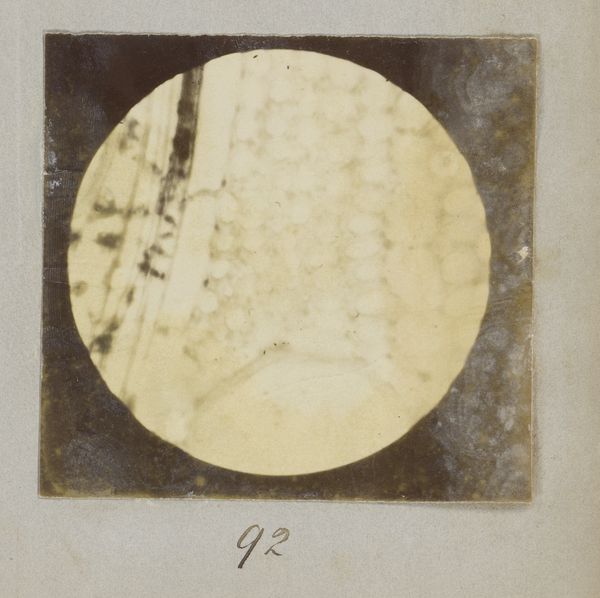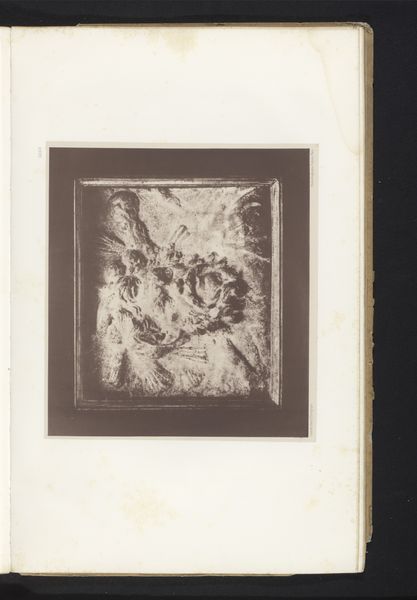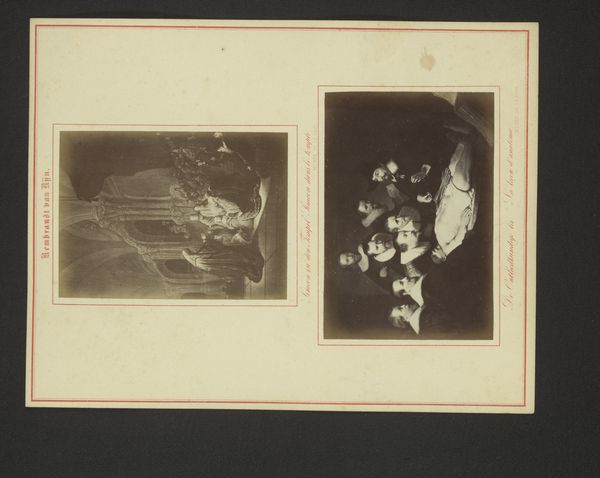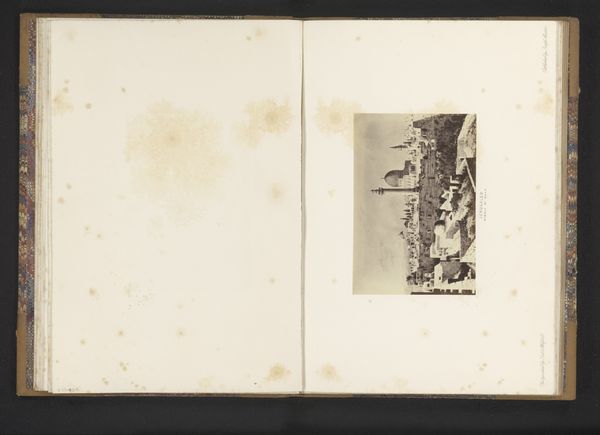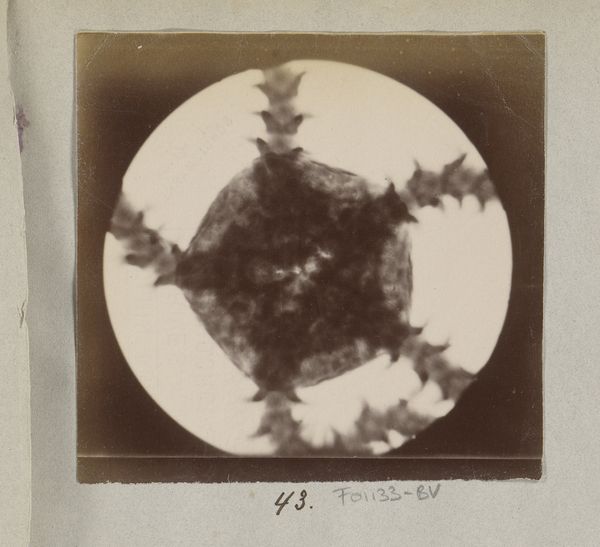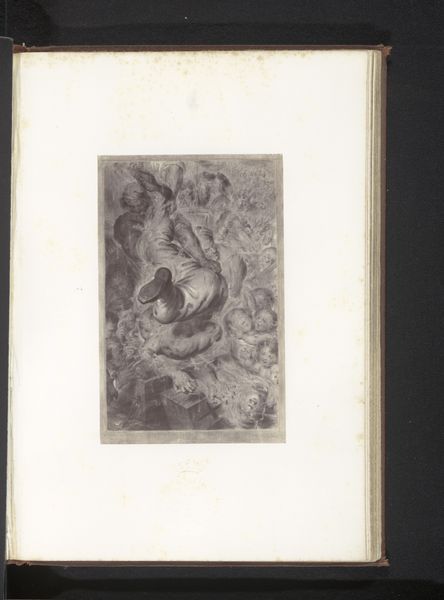
photogram, print, photography
#
photogram
# print
#
photography
#
realism
Dimensions: height 124 mm, width 121 mm
Copyright: Rijks Museum: Open Domain
Editor: So, here we have "Microscopische opname van kristallen, zestig keer vergroot," a photogram made by Marinus Pieter Filbri between 1887 and 1888. It’s… beautiful in a way, like looking at a tiny, organized universe. What do you see in this work? Curator: I see a powerful commentary on the relationship between science, art, and societal perception during a period of rapid industrialization and scientific advancement. The act of photographing these crystals at such magnification wasn't just a scientific endeavor; it was an attempt to reveal hidden structures and underlying orders of nature. Editor: Hidden structures? How does that relate to broader social narratives? Curator: Consider the late 19th century—a time marked by rigid social hierarchies, colonial expansion fueled by scientific justification, and the rise of eugenics. Filbri's work, in a way, mirrors this societal gaze—a desire to categorize, understand, and ultimately control the natural world, drawing parallels to how marginalized communities were viewed and treated. The “scientific” perspective was often used to dehumanize or differentiate. Do you see a potential analogy here? Editor: I think I’m starting to. So, the act of revealing and magnifying also carries connotations of power and control? Curator: Precisely. The act of magnification transforms the mundane into something ‘scientific,’ shifting the power dynamics. And it reminds us that what is considered “objective truth” is often a product of very subjective framing. Editor: That's a fascinating perspective. I had only seen it as an interesting glimpse into the micro-world, not as a reflection of broader power dynamics at the time. Curator: Indeed. It is this contextual lens through which art, and especially early scientific photography, offers a potent critique of its own historical moment. There’s more to learn about this artist. Editor: Thank you, I'll look further into it. This new framing truly makes me think about historical art differently.
Comments
No comments
Be the first to comment and join the conversation on the ultimate creative platform.
